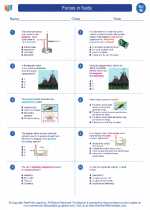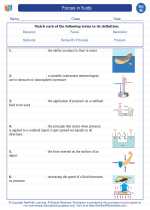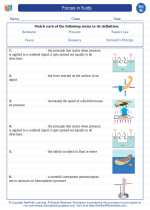Egyptian Civilization
The Egyptian civilization, one of the oldest and most iconic in human history, flourished for over 3000 years. This ancient civilization developed along the Nile River in northeastern Africa and left a lasting legacy in art, architecture, religion, and societal structure.
Key Concepts
- Nile River: The lifeblood of ancient Egypt, providing fertile land for agriculture and transportation.
- Pharaohs: The divine rulers of ancient Egypt, considered to be gods on earth.
- Pyramids: Majestic structures built as tombs for pharaohs, reflecting advanced engineering and architectural skills.
- Hieroglyphics: The ancient Egyptian writing system consisting of pictorial symbols.
- Religion: Central to daily life, with a complex pantheon of gods and goddesses, and belief in the afterlife.
- Mummification: A process of preserving the dead for the afterlife, reflecting the importance of the afterlife in Egyptian beliefs.
Study Tips
When studying Egyptian civilization, it's important to focus on the following aspects:
- Geography: Understand the significance of the Nile River and its role in shaping Egyptian life and culture.
- Government and Society: Explore the power structure, role of pharaohs, and the social hierarchy in ancient Egypt.
- Art and Architecture: Examine the remarkable achievements in building pyramids, creating intricate artwork, and developing a unique writing system.
- Religion and Afterlife: Delve into the complex Egyptian belief system, the role of gods, and the rituals associated with death and the afterlife.
Further Resources
For further exploration of Egyptian civilization, consider reading books such as "The Oxford History of Ancient Egypt" by Ian Shaw and "The Complete Gods and Goddesses of Ancient Egypt" by Richard H. Wilkinson. Additionally, documentaries and museum exhibitions can provide visual insights into this fascinating civilization.






